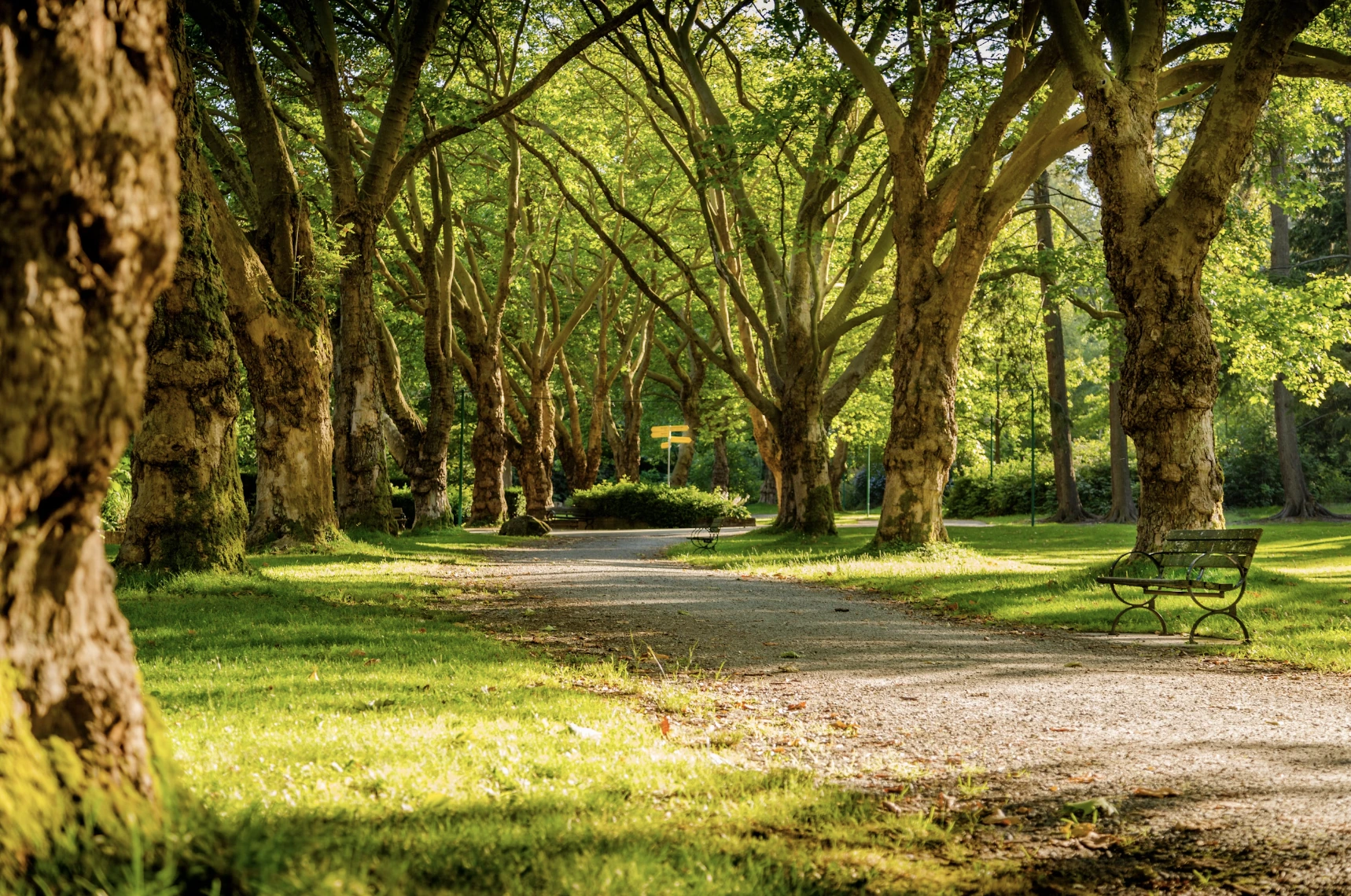
Image by Mike Benna, from Unsplash
AI Powers Urban Forest Models
Tree-D Fusion, an AI system, creates 3D models of urban trees, predicting growth, environmental impacts, and improving urban forestry management.
In a Rush? Here are the Quick Facts!
- Tree-D Fusion creates 3D models of urban trees from single images.
- The system uses AI and procedural modeling to simulate tree growth accurately.
- Models help predict tree growth, environmental impacts, and urban forestry challenges.
Researchers from MIT, Google, and Purdue University have introduced “Tree-D Fusion,” an AI-driven system that creates detailed 3D models of urban trees using single images. The results were delineated in a recent paper.
By combining artificial intelligence with decades of forestry science, the system models trees’ structures and growth patterns to provide insights into urban forestry planning.
The project includes a large-scale database of 600,000 simulation-ready tree models across North America, intended for applications such as predicting tree growth and its impact on urban environments, as reported in an MIT press release.
The paper explains that the system relies on a hybrid approach to model trees. Deep learning algorithms first create a structural envelope representing a tree’s overall shape. Then, traditional procedural models refine this envelope by simulating realistic branch and leaf patterns based on the tree’s genus.
This combination enables Tree-D Fusion to predict how trees may grow under different environmental conditions, including variations in temperature and groundwater availability.
Unlike previous models, it captures typically hidden features, such as the backside of trees not visible in street-view images, and accounts for the dynamic nature of trees as they interact with their environment, says the MIT press release.
“We’re bridging decades of forestry science with modern AI capabilities,” explained Sara Beery, assistant professor at MIT and principal investigator at MIT CSAIL, as reported by MIT.
“This allows us to not just identify trees in cities but to predict how they’ll grow and impact their surroundings over time. We’re using AI to make existing forestry knowledge applicable across broader urban settings.”
MIT explains that Tree-D Fusion represents an advancement over earlier urban forest monitoring efforts, which often relied on neighborhood-level observations or struggled with scaling.
The system uses image data from tools like Google Street View and integrates it into predictive models capable of estimating future growth and identifying potential risks, such as branches interfering with power lines.
Despite its advancements, the system faces challenges, particularly with overlapping or “entangled” trees where branches from neighboring trees grow into each other.
“What makes this work exciting is how it pushes us to rethink fundamental assumptions in computer vision,” said Beery as reported by MIT. Trees’ dynamic and constantly changing forms require new approaches, unlike static objects like buildings.
The researchers are already exploring how Tree-D Fusion can be scaled globally, with potential applications for urban forestry and biodiversity monitoring.
“Our goal is to use AI-driven insights to support natural ecosystems, promote sustainability, and improve urban planning,” said Jae Joong Lee, a Purdue University PhD student who developed the Tree-D Fusion algorithm, as reported by MIT.


 Previous Story
Previous Story

 Latest articles
Latest articles 

Leave a Comment
Cancel